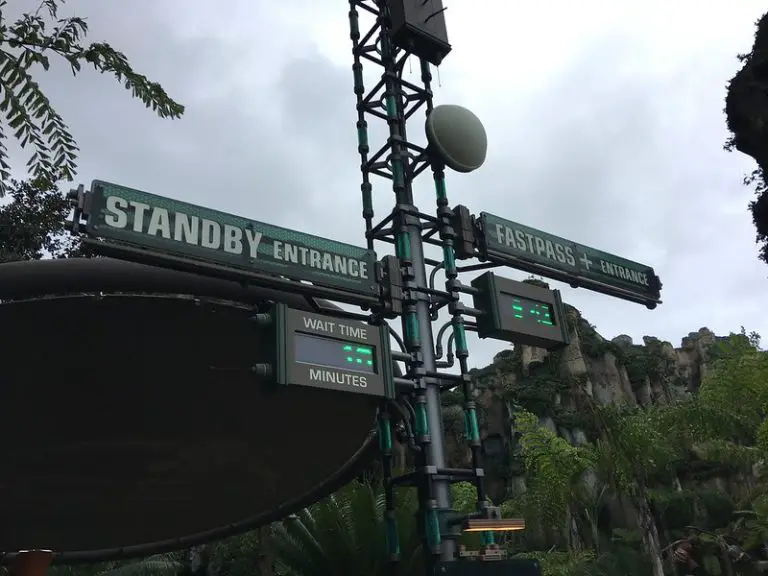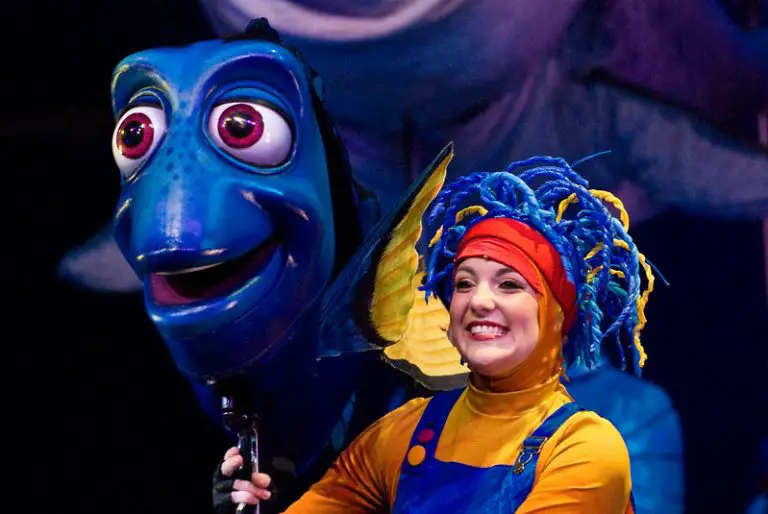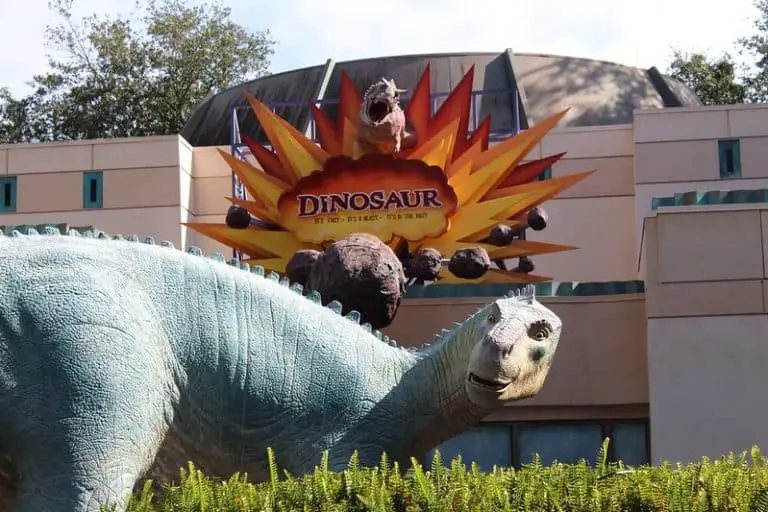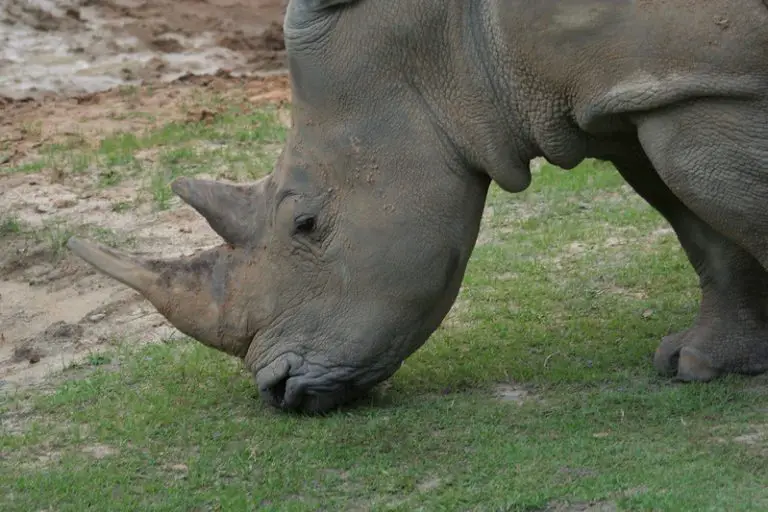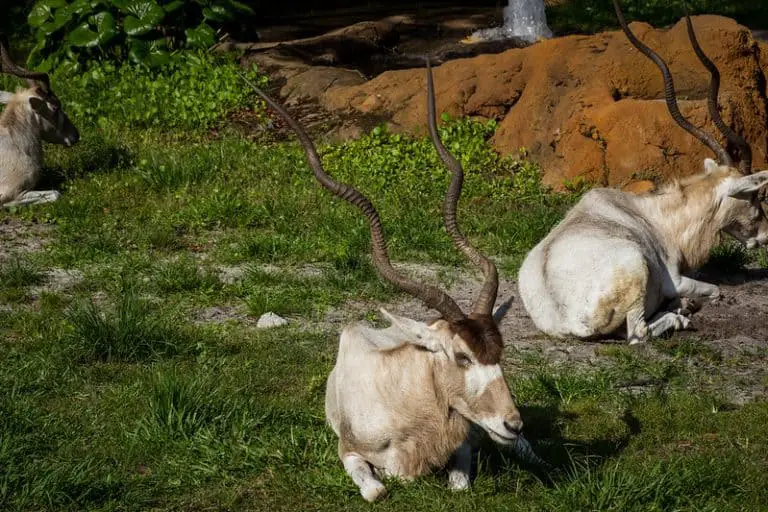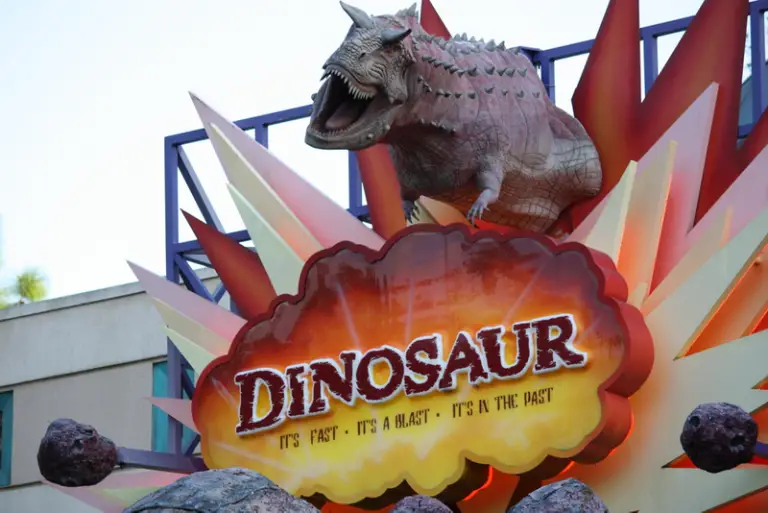Expedition Everest ride review
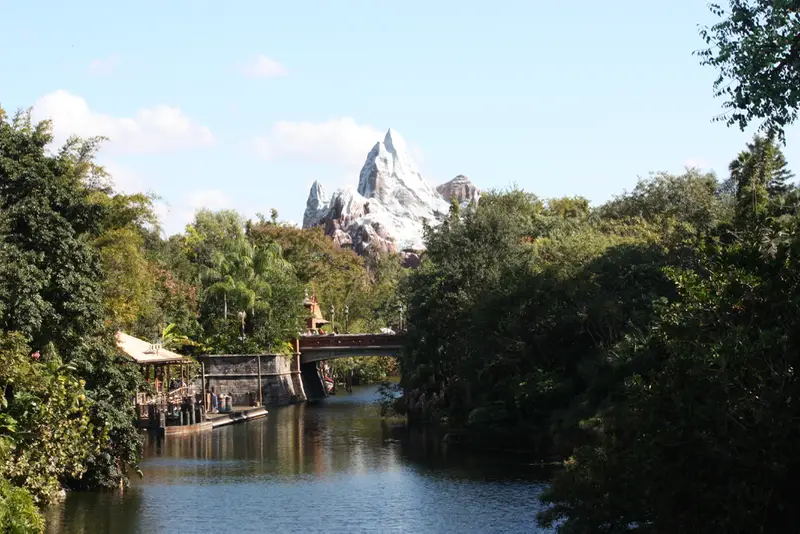
Many people claim that the Tower of Terror is the best ride Disney has to offer. And, in truth, it is a fantastic ride. Great atmosphere, a good set of special effects, and a stomach-churning, scream-inducing drop at the end.
All pretty cool.
But Expedition Everest wins my top prize for best ride at any Disney World park. In fact, I would call it one of the best Disney Attractions for adults. Because from the moment you enter the queue to the moment you disembark and enter the gift shop, Disney does what it does best: immerse you in the experience.
Nestled in the heart of Disney’s Animal Kingdom, Expedition Everest is a thrill ride that seeks to send the rider on a journey to find the fabled Yeti of the Himalayan Mountains. Your car goes through direction changes, twists and turns, hills and valleys, rocketing its way through the Forbidden Mountain at quite a great “danger” to the rider.
So let’s look at a few of the elements that go into making Expedition Everest the best ride in the Walt Disney World juggernaut.
Atmosphere
If you’ve ever been to Busch Gardens in Williamsburg, Virginia – and you happen to like roller coasters – you’ve probably rode The Loch Ness Monster. What the Loch Ness Monster does is attempt to tell a story in which you, the rider, are about to embark on a diving expedition into Loch Ness in order to find evidence of Nessie.
In the end, you enter her cave, confront her, and then the ride ends. Expedition Everest does the same basic storyline—but much better. Where Busch Gardens tosses a few odds and ends into the queue (a diving mask, a newspaper article about monster sightings, maybe a fishing net or two), Expedition Everest pulls out all the stops, in traditional Disney fashion.
Winding your way through the line is like winding your way through a museum on the history of mountain climbing in Nepal, with quite a bit of Indian/Nepalese culture thrown in for good measure. You start in a travel office that is decorated with framed pictures of Everest, indigenous masks and relics, and packed with “travel office stuff” like trail guides and maps. There’s even a time punch clock behind the desk (which also contains a very antiquated computer-–you half expect to see “Oregon Trail” running on the screen).
Leaving the office’s back door, the queue enters an old, rather decrepit village with broken cobblestone walls, traditional Nepalese and Tibetan prayer flags hanging from lines, and a small village square, in the center of which is a shrine to the all-powerful Yeti.
On the “outskirts” of the village, you enter the Mandir Pagoda, which is remarkably detailed in its different languages and carvings and its prayer bells hanging from the rafters. It also gives you a better view of the Yeti shrine. The shrine is adorned with various offerings made to the local god, including gold chalices and jewelry, some pots (of incense, perhaps?), and pieces of fruit.
It’s very detailed.
Leaving the pagoda, you wind over and through rocky outcroppings and shrubbery and into a “trek shop,” where shoes, barrels stacked along wall, lanterns hanging from porch rafters, hooks, ropes, packs and rucksacks, binoculars, and all sorts of other climbing gear are thrown together haphazardly, with only a mild semblance of order. If I were to picture an outpost from which a stalwart adventurer could purchase last-minute climbing gear before starting the arduous trek up Mt. Everest, it would look like this.
Behind the shop is a Yeti museum, devoted to . . . the Yeti. What’s interesting is that, much like in real life, there’s not much physical stuff relating to the Yeti itself, but the museum is devoted to describing worship rituals of the natives, supposed sightings, and a large number of maps and whatnot of the Himalayas.
It’s as if the “museum” is sort of saying, “here’s a museum devoted to the Yeti, but since we don’t have much to show you, we’ll distract you by showing you lots of interesting and tangentially-related things!”
Soon afterward, you finally enter the loading area for the ride.
The line is so meticulous in its detail that you could easily spend twenty minutes browsing it. In fact, there are a few videos online that do just that, and they run twenty to twenty-five minutes long. It’s really, really cool.
Disney has done a fantastic job setting the tone and atmosphere of the ride, immersing you in the complex yet beautiful lives of the people of Nepal. Oh, and it gears you up for what’s coming next, too.
The Ride
The coaster cars are designed to look like steam engines –- old, rusty steam engines –- and are meant to be tour trains, taking you to the top of “The Forbidden Mountain.”
As the train leaves the station, it passes through an abandoned village, with crude warnings and signs about the dangers of approaching the Yeti. The car then begins its ascent, a climb that reaches six inches higher than the Tower or Terror (199 ½ feet, for those of you who are interested), and begins its plummeting, twisting, exciting ride through the heart of the mountain.
Taking tight turns and sailing up and down hills, the coaster rockets along the cliffs and crevices of the mountain, ultimately reaching the edge of a cliff, where riders can clearly see that the track is mangled, twisted, and missing.
Yes. The track is gone, torn apart by forces unseen (clearly the Yeti, however). As the car ascends the hill that approaches the missing section of track, it slows down, coming to a final halt just before taking everyone to (not quite) certain death. Then, the car proceeds to move backwards through the ride . . . but not the way you came.
Instead, it takes you through the heart of the mountain along dark passages and invisible turns, until it slows down in a cavern. Looking through a hole in the cavern, riders catch a silhouette of tracks outside when, without warning, the small, distant silhouette of the Yeti leaps onto the tracks, rips them apart, and dashes away with a scream of rage.
The car then rockets forward, changing direction again, and you spiral and bank and move up and down through more caverns, the roar of the Yeti growing louder and louder until, without warning, you rocket through a cavern, lit by a flashing strobe light, the enormous arm of an even more enormous Yeti swinging over your head, trying to grab the train that has so rudely violated his sanctuary. Then, after another small dip or two, the train pulls into the station, and you disembark.
And, if you’re like me, you immediately get in line again.
What Works
Most of it, in truth. The animatronic Yeti is impressive. I don’t know the actual dimensions (you can look them up, I’m sure), but I’d put him at somewhere around twenty or thirty feet tall, and his arm really appears to sweep out over the car. There’s probably a decent distance between you and the beast (they don’t want taller riders decapitated by a robot), but it feels close.
The changing directions aspect is pretty cool. I’ve been on other coasters that either go backwards from start to finish, or run through a track, then go backwards through the same track (like a pendulum), but never have I seen a coaster go in one direction, stop, reverse, and change tracks. That’s what makes this ride so special, I think, is that even though you change direction twice, you don’t repeat any parts of the ride.
One part, in particular, actually did get me the first couple of times I rode it. When you’re in the caves, there’s a part where they designed a beautifully convincing optical illusion: it looks as if the track is going straight, but there is a gap in the track. Almost like a track switch didn’t complete correctly, or something. The first time through, you have about two seconds to register that part of the track actually looks missing, before you plummet down a steep hill. It’s very convincing.
A word of caution: if you have small children, or children who are easily frightened, I would have them sit this one out. There’s a height requirement anyway (44”), but the ride is also intense, so use your best judgment. Of course, if YOU are easily frightened, I don’t suppose you’d be going on it, anyway.
What Doesn’t Work
The strobe light is pretty annoying. I know it’s supposed to create a scary, haunted-house-like feel, but it just makes it hard to see everything.
At the summit, when the mangled track is before you in all of its semi-scary glory, an eagle is seen “flying” towards the cars. The issue with that is that the bird’s wings are outstretched, but the bird itself doesn’t move. The flying motion occurs because the bird is clearly on a shaft that moves forward and then, when the bird has finished flying forward, flies backwards, back behind the mountain again. In short, what you have is not a bird flying towards you, but a puppet that moves back and forth.
Now, in their defense, the bird has come and gone over the years, and though it isn’t clear, it may be gone for good now. I don’t know – it was there the last time I rode this a few years ago. Also, in terms of the strobe light, there is rumor that the Yeti no longer moves because of structural issues with the mountain and the animatronics themselves. The strobe is used, therefore, to give the appearance of movement, and the robot is not actually moving.
However, it’s still annoying.
With that being said, this is still the best ride at Walt Disney World. And if they happen to permanently get rid of the bird, even better.
Do I Need Fast Pass?
Yes and no.
The ride is, of course, eligible for FastPass, and I imagine that, during peak visiting times, there could be a bit of a wait. Whenever I’ve gone to Animal Kingdom, I was able to get back in line and ride it a second time without having to make my party wait.
In the five times I have been on Expedition Everest, I have never had to wait more than ten minutes. One of those times, I walked right on, in spite of the fact that they told me the wait time was 20 minutes.
Though this is a fantastic – and still popular – ride, it’s been at Animal Kingdom since 2006, and with the advent of the newest Disney world attraction (the World of Avatar), I suspect even at peak times, you won’t have to wait for too long. But even if you do, the ride line is pretty freakin’ awesome (see the Atmosphere section above).
Conclusion
If you like roller coasters, then this ride is a must. My personal opinion about Animal Kingdom is that it has the general overall feel of being an afterthought, and has never been overly impressive when compared to some of the original parks. But, with that said, there’s no doubt that Disney is working to change this reality.
So, let’s summarize for the sake of clarity. I really enjoy Expedition Everest due to:
- Interesting and detailed queue
- Immersive atmosphere
- The ride changes directions twice
- The twists and turns make the coaster fun, and fight generic coaster stereotypes
- Disco Yeti at the end comes up suddenly—a nice surprise
Oh, and two final things. The gift shop has a pretty awesome stuffed Yeti.
Rating: 5/5 stars
- Final Verdict: Probably Better Than Actually Taking an Expedition Through the Himalayas
If you enjoyed this article, please “like” our Countdown to Magic Facebook page!
You Also Might Want to Read:
- Avatar Flight of Passage review
- Tower of Terror ride review
- Space Mountain ride review
- Spaceship Earth ride review
- Star Tours ride review
- Festival of the Lion King review
- Fantasmic! review
- Pirates of the Caribbean ride review
- Mickey’s Not So Scary Halloween Party review
- Mickey’s Very Merry Christmas Party review
